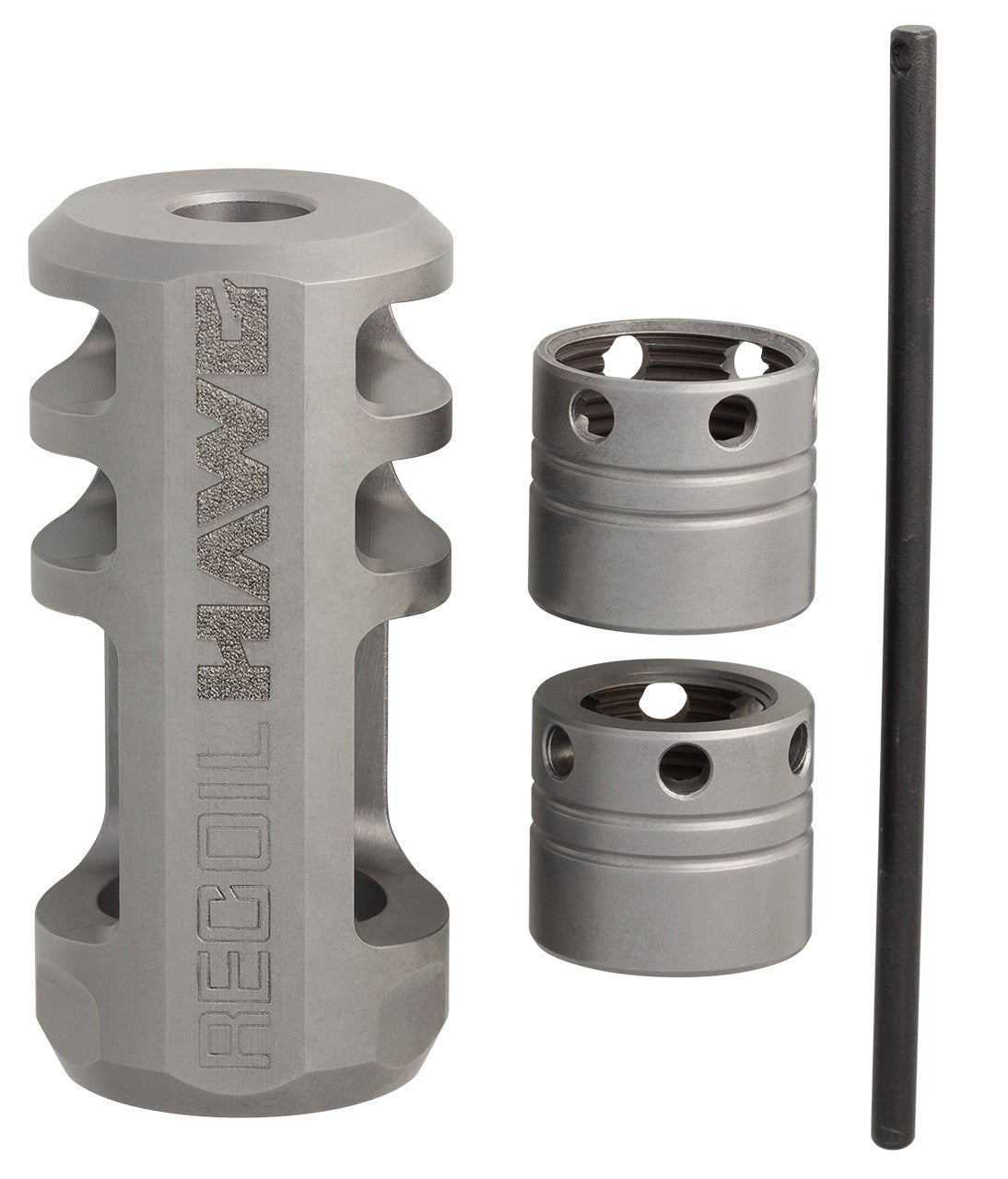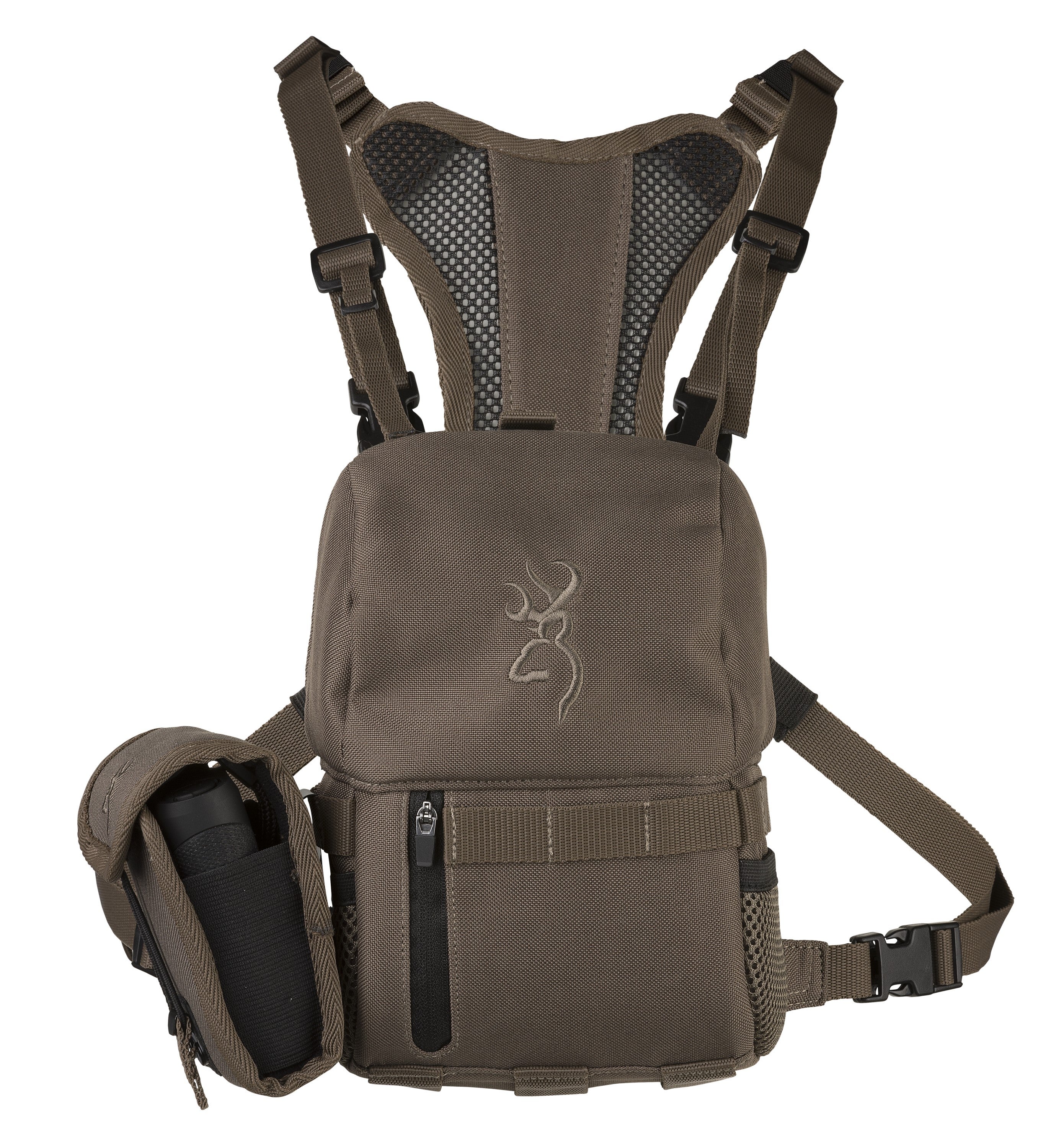Browning’s Best X-Bolt Yet
Browning’s Best X-Bolt Yet
Published on August 21, 2024 By: Chris Denham
I have hunted exclusively with Browning X-Bolt rifles for the past decade while filming our TV show, The Western Hunter. I have lost track of how many different rifles I have used, but I know there are more than ten, in four different calibers. From this group of rifles, I had one 300 Win. Mag. that consistently shot inside 1.5 MOA but rarely less than 1.0 MOA. The rest shot better than 1.0 MOA. I do not hand load, so all of this was achieved with factory ammo.
My experience is not unique. If you spend time searching the web, you will see that my story has been repeated many times. So, this begs the question: How do you improve the X-Bolt enough to name it the X-Bolt 2?
In my opinion, the two most significant improvements to the new X-Bolt 2 rifles do not make them shoot more accurately. Instead, they assist us in shooting the rifle more accurately.
The first innovation is the new, adjustable DLX trigger. A good shooter can work with any trigger when shooting at the range off sandbags and without adrenaline. Just breathe and squeeze. But when lining up on a big buck in sub-freezing temperatures, with variable winds, and adrenaline coursing through your veins on day 7 of your once-in-a-lifetime hunt, you need to know a consistent trigger with a clean break. The DLX trigger delivers the performance that could previously only be found in expensive after-market triggers.
Now that we have an already extremely accurate rifle with a crisp trigger, the next step is to add a rifle stock customized to our individual dimensions. Again, I will use the word “consistent.” To repeatably put bullets inside a kill zone, we must be lined up behind the scope in as close to the same position every single shot as possible to reduce the optical illusion known as parallax.
In rifleman’s terms, parallax is the optical illusion of the reticle moving when the rifle is dead still. A simple way to test this is from a solid bench rest. First, point the rifle at a spot more than 300 yards away, then without touching the gun, move your head left to right and up and down. The reticle will appear to move two to six inches on the target despite not moving. The higher the magnification on the scope, the more radical this movement will appear.
All modern scopes with more than 10x magnification have a parallax adjustment knob to minimize the effect, usually with marks for various yardages. Do not trust these marks explicitly. Perform the above test at a known distance (with your hunting rangefinder) to ensure these marks are accurate.
Everyone has different head, neck, arm, and chest dimensions. Understanding the importance of head position, you will get how impressive and valuable the new Vari-Tech stock is on the X-Bolt 2 is in the accuracy equation. The latest stock offers multiple cheek height and length of pull adjustments, which allow you to create a custom fit.
Don’t assume anything; test each variable to find a setting that minimizes parallax in prone, sitting, and standing positions. As much as I like to shoot prone, and work to find a prone position while hunting, it rarely seems to work out. I estimate that I have killed 80 percent of my animals from a sitting position, over my pack, or from a tripod. Given that fact, I value how a rifle stock fits in the sitting position more. I then figure out how this setup might affect my prone or standing positions.
This may sound like I am one of those obsessive-compulsive accuracy nuts, but these little details add up. In the engineering world there is a term called “stacking tolerances.” Essentially this is an accounting for all variables and how they contribute to the finished product. To put this in hunting terms, several variables contribute to an accurate shot. Let’s say we are considering a 400-yard shot on an antelope and a kill zone about 8 inches in diameter. Our rifle shoots a consistent 1 MOA, so a 4-inch group at 400 yards. The wind always blows in antelope country, so we add in the wind. It is gusting between eight and 15 mph left to right, yielding a wind drift of five to 11 inches, a 6-inch variable.
The only wind we can measure with confidence is the wind value where we stand, so we must assume there are at least 3 inches we cannot account for. If we break a perfect shot, we have a 7-inch potential group on an 8-inch target, leaving us with a single inch for margin of error. Now is when a well-fit rifle with a superior trigger is critical. The crosshair is exactly where it appears to be because the stock fits, and we have correctly set the parallax adjustment. We know precisely how much pressure it will take to break the trigger when the time is right.
This brings up a controversial topic in the world of accuracy. Many bench shooters will say that they squeeze the trigger and want to be surprised when the rifle fires. The theory is that you can’t jerk the trigger and rifle in anticipation of recoil if you do not know exactly when the rifle will fire. I understand the theory but don’t believe that it works when we are shooting live animals.
I believe that you must remain fluid when hunting. Shots often materialize quickly; sometimes, the “send it” window is small. I want to know where my crosshairs are when the trigger breaks, so I prefer a controlled squeeze of the trigger. The key to gaining a controlled squeeze is time behind the trigger.
For example, a bull elk emerges between two pines. You stop him with a quick cow call, but one more step may mean not getting a shot or ever seeing the bull again. In that moment, a controlled squeeze is a must. When I’m at the range, I am working to understand precisely how much pressure it takes to pull the trigger smoothly.
I recently spoke with a premier shooter. We discussed the issue of stacking variables as it applies to accuracy at a distance. He said that if the shooter had zero control over shooting variables, he would not push the shot beyond 400 yards. The message here is that we need to work hard to reduce the variables. Which is what the new X-Bolt 2 rifles with the DLX trigger and Vari-Tech stock strive to do — ensure the rifle fits and that we are confident in the trigger. In short, these two features minimize variables to improve the accuracy potential of the shooter.













